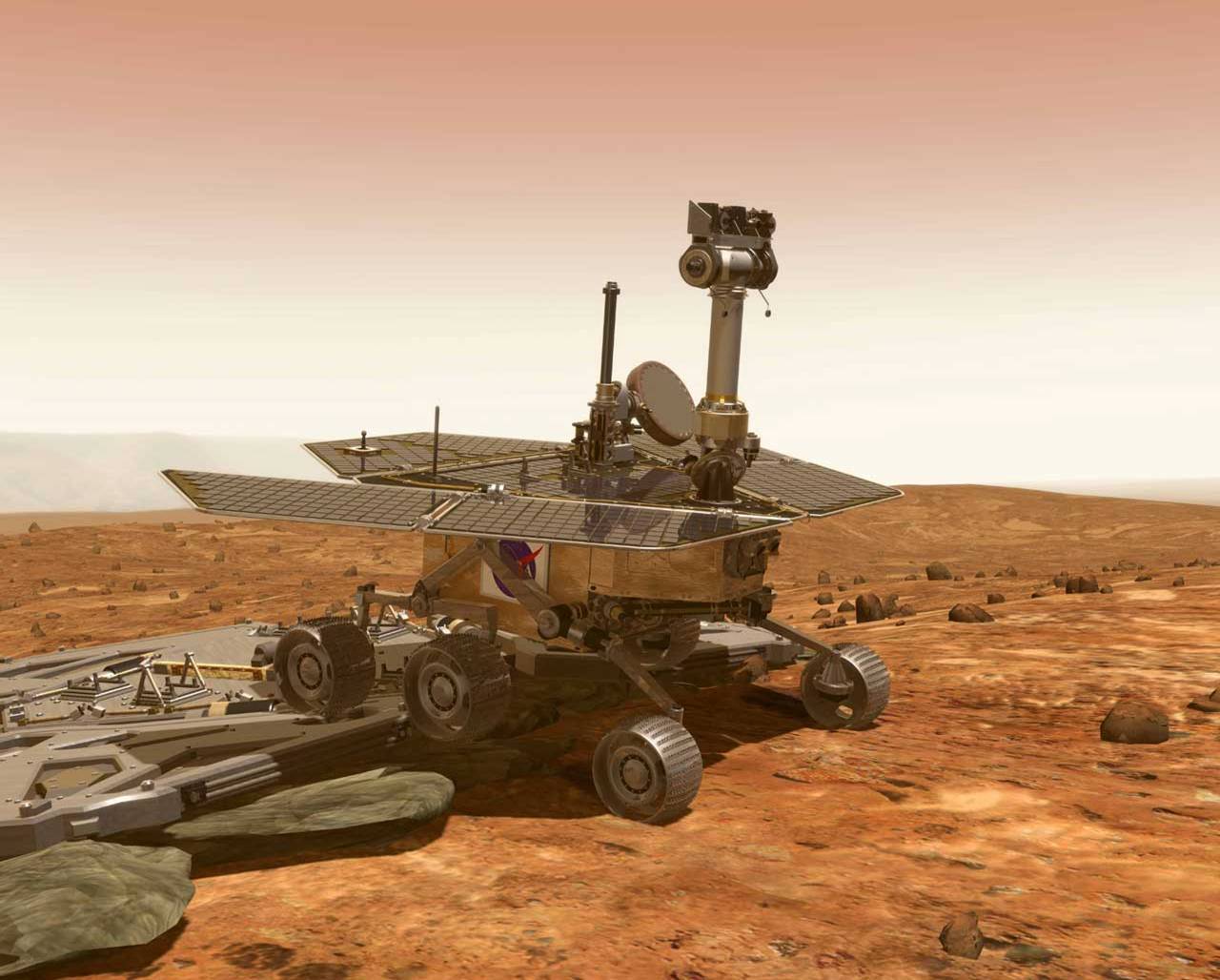The question of how long it takes to get to Mars has fascinated scientists, engineers, and space enthusiasts for decades. From the early days of the Apollo program to modern-day ambitions of interplanetary travel, the journey to the Red Planet is a complex and dynamic process influenced by a variety of factors, including propulsion technology, trajectory planning, and planetary alignment.
The Basics of Space Travel
When we think about space travel, it’s easy to imagine a direct route from Earth to another planet. However, the reality is far more intricate. Unlike driving a car on a highway, space travel involves navigating through the vastness of the cosmos, where gravity, orbital mechanics, and fuel efficiency play crucial roles.
For instance, the Moon, our closest celestial neighbor, can be reached in just a few days using traditional rocket propulsion. The fastest mission, Apollo 8, took just under three days to reach lunar orbit. But when it comes to Mars, the distance is significantly greater, and the journey becomes much more challenging.
Mars: A Longer Voyage
Mars is approximately 50% farther from the Sun than Earth. This means that reaching Mars requires careful planning and often involves complex trajectories that can take months or even years. The time it takes to get to Mars depends on several factors, including the relative positions of Earth and Mars in their orbits around the Sun.
NASA’s Mars Reconnaissance Orbiter took about seven and a half months to reach Mars, while the MAVEN mission took roughly ten months. These missions typically follow a relatively direct route, but they still require significant time due to the vast distances involved.
The Science Behind the Journey

To understand why getting to Mars takes so long, it’s essential to consider the concept of orbital mechanics. Spacecraft must match the speed and direction of their target planet, which often involves using gravitational assists from other planets to save fuel and time. For example, missions to Jupiter, which is about five times farther from the Sun than Earth, rely on flybys of Earth and Venus to adjust their trajectories without consuming excessive amounts of fuel.
These techniques are also used in Mars missions, although the challenges are different. While Mars is closer than Jupiter, the energy required to escape Earth’s gravity and reach Mars is still substantial. As a result, many missions use a Hohmann transfer orbit, which is the most fuel-efficient way to travel between two planets. This type of trajectory takes about nine months to reach Mars, making it one of the most common methods for interplanetary travel.
Future Prospects: Faster Travel?

While current missions to Mars take several months, there is ongoing research into faster travel methods. One promising approach is photon propulsion, which uses powerful lasers to accelerate spacecraft to near-light speeds. If this technology becomes viable, it could reduce the journey to Mars to just a few days, revolutionizing space travel.
SpaceX, for example, has proposed a goal of reducing the trip to Mars to six months using advanced propulsion systems. NASA is also exploring various technologies to make human missions to Mars more feasible, including the development of in-situ resource utilization (ISRU) to produce fuel and oxygen on Mars.
Challenges of Human Missions
Beyond the technical challenges, sending humans to Mars presents numerous obstacles. The psychological and physiological effects of long-duration space travel are still not fully understood. Astronauts would need to endure months of isolation, limited resources, and the risks associated with living in a harsh environment.
Medical concerns, such as bone density loss and radiation exposure, are also critical issues that must be addressed. Additionally, the logistics of sustaining a human presence on Mars, including food production, water recycling, and habitat construction, are complex and require innovative solutions.
Conclusion
The journey to Mars is a testament to human ingenuity and perseverance. While the time it takes to get there varies depending on the mission and technology used, the goal of reaching the Red Planet remains a driving force for space exploration. With continued advancements in propulsion, robotics, and life support systems, the dream of human missions to Mars may soon become a reality.
As we look to the future, the question of how long it takes to get to Mars will continue to evolve. What is certain is that the pursuit of knowledge and discovery will keep pushing the boundaries of what is possible, bringing us one step closer to unlocking the mysteries of our solar system.



